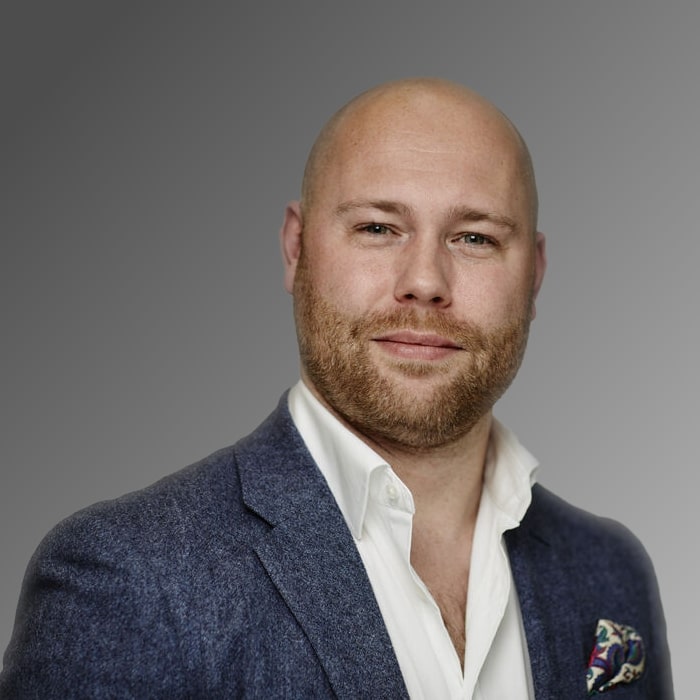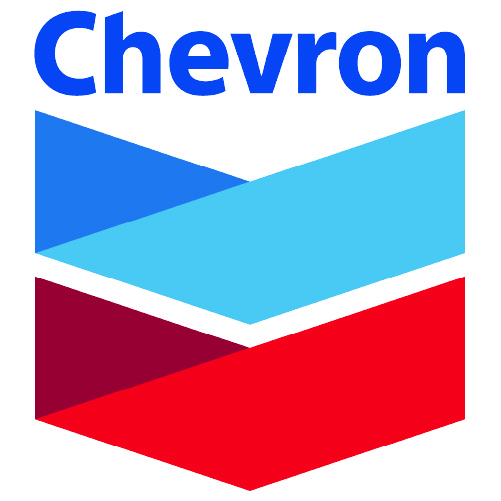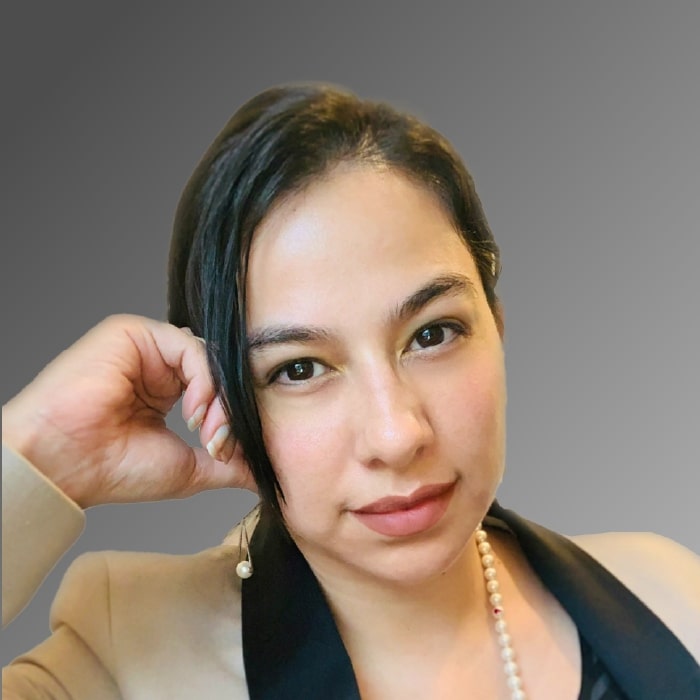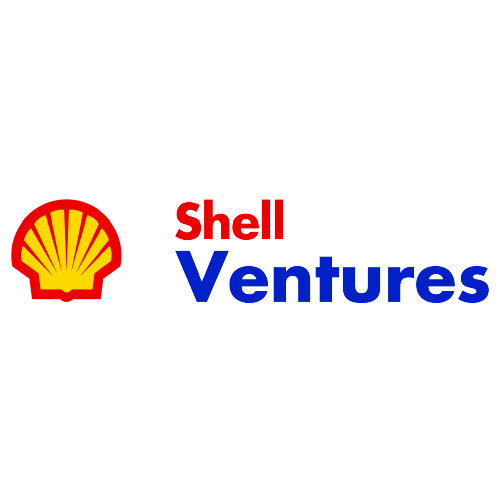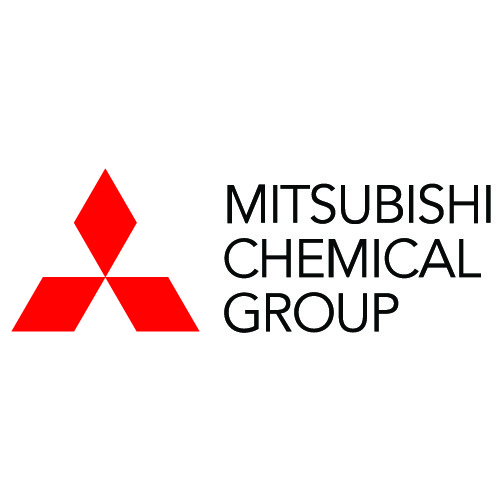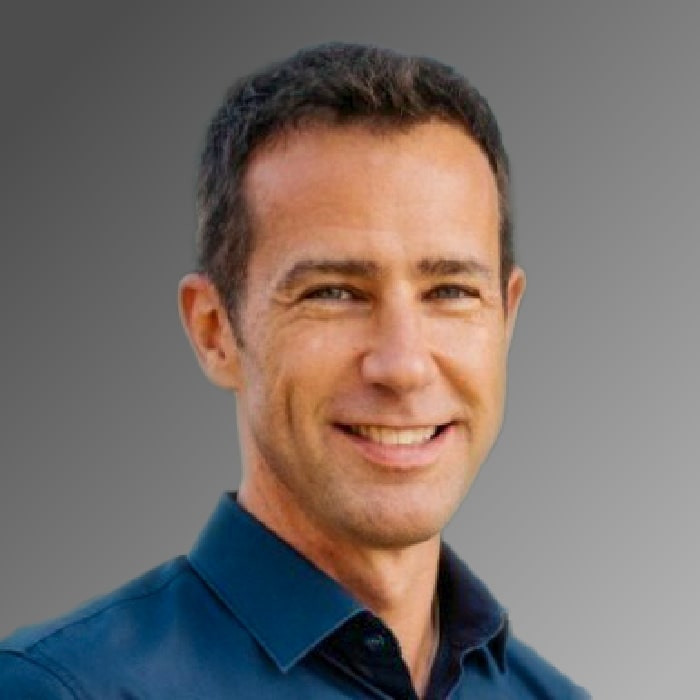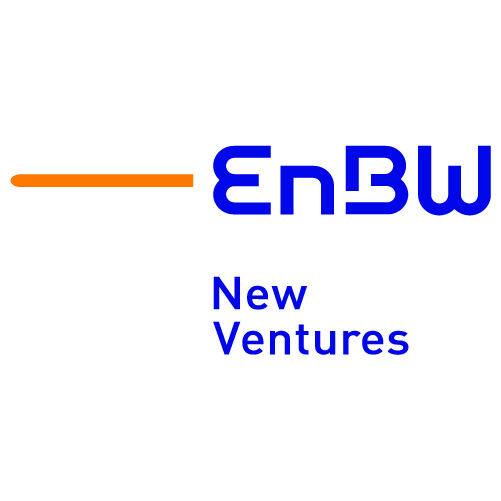BP Ventures’ Quantitative Measurement for Technology Investments
May 13, 2024
Interviewed by Nicolas Sauvage on March 25, 2021
David Hayes is the managing partner at bp Ventures. The group is the venture capital arm of BP plc, an oil and gas company based out of London. bp Ventures strives to invest in private, high-growth emerging energy technology companies. The group was started in 2006, and David has been with the company since 2009 as an investment and financial analyst. During his journey, one of his chief learnings has been that an investment can still prove successful even if strategic benefits fall away. This has served him well, and began the 2021 interview.
FINANCIAL FOUNDATION
“BP invests in people, not in technology, because great management teams are required to make companies successful,” David acknowledged. “But you also need to really focus on the size of the market, the product/market fit. You’ve got to be able to solve a problem and make money doing it. If we are going to invest in a company, it’s because we see a strategic way for us to work together, whether from a deployment frame where we’re actually going to use the technology directly or maybe it’s a value chain participation frame where we are going to be an input or an app, or by the output of a particular technology, if you can get our interest, and if you can find a way for us to work together, there should be strategic value for the parent. There should be value for the startup through that relationship. And because that startup sees value, we as the Ventures team should also be able to see value because we expect that business to grow.”
A sound financial and strategic footing not only drives BP Ventures’ investment protocol but also meshes well with David’s training and early industry experience. He says it’s fine to judge investments through the technology lens, but a financial accounting qualification is fundamental to optimal decision-making. He began his career two decades ago as a financial accountant, but he knew from the age of 11 that he wanted to be a “white knight looking after mom-and-pop investors.” David admitted he wasn’t the most apt student in completing his A levels and accounting degree. A tenure at BP during year three of that pursuit turned out to be something of an epiphany, however. He knew the energy field, and BP in particular, was the right fit for him.
The shining armor of accountancy, however, began to tarnish in David’s mind, however.
“After my first set of really, really large statutory accounts that I had to write and get audited, I did my level best to get out of accounting as quickly as possible,” he explained. “That sort of real-world view is good for some, but I thought there was more to working in energy and more to working at BP. And through various roles and jobs over the next eight years or so, I ended up being a financial controller for a little group called Alternative Energy Ventures.”
That was around 2007, and David leveraged his role as a planning and performance financial advisor to gain incremental insights into what corporate venture capital is all about.
“I got a little bit more involved in strategy and portfolio shaping in terms of coming up with better KPIs for the team,” he explained. “Little by little I started elbowing my way into the team more broadly to help with financial diligence and bringing a bit more of a commercial or financial lens to the work that we were doing and the investments we were making. Ten years later, here I am, managing partner for the commercial side of the group.”
THE BP VENTURES EVOLUTION
David said that after a few tentative steps the BP fund now invests around $150 million per year. Of 60 or so companies receiving a total of $850 million from BP Ventures, David estimated 35 to 40 remain, growing concerns. He said his team is starting to branch out and expand their target areas.
“Fundamentally, corporate VC is quite a complicated activity set,” he explained. We started investing in hedging technologies, and we’ve spent the last 10 or so years investing for deployment and opportunities to access technology. We’re also dipping our toe in the try-before-you-buy or invest-to-acquire. And that’s partly because we’ve created BP Launchpad…where we take majority ownership, throw resources at an idea, and then try to get it to a scale where it’s more materially meaningful for BP.”
He said that in nine out of 10 cases, his team takes a quantitative approach in which BP business units report to the finance function the monetary value (in revenue or cost savings) generated from the deployment of investment technology.
“We try to package that all in terms of a story around individual funds because they do have slightly different strategies and a slightly different return on investment profile, strategic versus financial,” he said.
David cited the fund’s qualitative investment in the strategic value of ultra-fast-charging batteries. While no logical application existed for the parent company, BP supported the “concept” of creating and managing market pull.
In structuring the investment committee, David stressed the importance of storytelling and willingness to explain the philosophy, scope, activities, and track record to new members, business unit leaders, and CEOs.
“Taking the time to walk through how you create an economic model for a startup, how you forecast strategic value deployment, and what the governance process is and knowing how to articulate it is the key to managing transitions,” he noted.
And BP Ventures has navigated several fund formats and a few CEO transitions. It originally operated with a committee that included business unit heads. But the fund’s approach to investing in technological hedges against threats to the parent company created conflicts between what the mothership was doing and what the fund wanted to investigate. Then the fund transformed to a technical focus with members bringing “long track records of technology not working,” David said. “And, so it required having the right dialogue and making sure that you can narrow in on the perspective that made sense for the investment that was being considered at the time.”
The current iteration asks, “Does this potential investment have strategic fit with BP? What is the value from that strategic fit within BP,” and “Why do we need to use venture capital to access that strategic fit?”
MATCHMAKING: VETTING CVCs AND PORTFOLIO COMPANIES
As companies remain private for longer and longer durations, they place more and more value on long-term relationships with the CVCs they engage. They should seek support from funds with strong track records in terms of longevity and consistency, David said.
“If you’re not changing a model too much, you’re not changing board members too frequently, they know they’re going to have a team that will be there throughout that journey,” he continued. “Making sure that the folks on your team are part of an internal accelerator program, spinning in and spinning out and going on to do other things.”
That requires high morale, an incentivized staff, a shared mission, and an expressed and unwavering commitment from the company to the venture arm’s activities. These are the components of a long-term mindset, both on an investment and team dynamic, David said.
And it translates to a real value-add for portfolio companies. The BP employees the venture fund places on portfolio companies’ boards bring 10 to 20 years of energy industry experience. They offer either a strong technical background that can help with the particular technology the company is seeking to exploit or a finance background to help the audit committee. Everyone involved complements each other’s skills and mobilizes their wide network to find co-investors and new employees.
“We’ve got a great legal, tax function, and communications function, so I think as a company — I’m not saying we’re a full-service shop — but we are very conscious of our venture offer,” David noted. “We are definitely more than dollars. You’ll get a great board member to help you grow your company who will be able to leverage BP the parent in whatever way necessary. As a group we’re able to find current investors, introduce you to banks, introduce you to the good law firms, IP firms, search firms, we will do whatever you need us to do.”
He said BP Ventures has tweaked its model and approach to perform much better than traditional industry benchmarks where CVCs would invest in 10 companies expecting one to succeed, two to break even, and seven to “crash and burn.” BP Ventures’ expected loss rate is far below 70%, thanks to its “strategic programming and making sure there’s that connectivity. If BP can get comfortable with the technology and the startup, we see it as a good business pilot and model, IOR, over the lifetime of the investment, has stayed pretty consistent. We’ve increased the hurdle that we expected to deliver.”

 bp invests in people, not technology, because the human element is what makes a company successful. Product-market fit, logistical problems, and strategic challenges can only be solved by successful management teams that can think critically.
bp invests in people, not technology, because the human element is what makes a company successful. Product-market fit, logistical problems, and strategic challenges can only be solved by successful management teams that can think critically. 